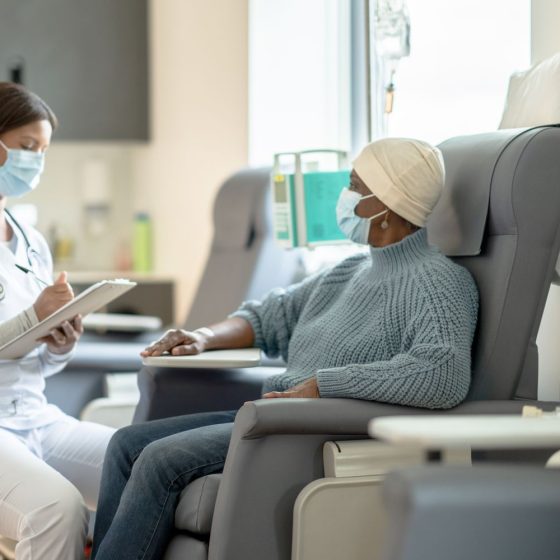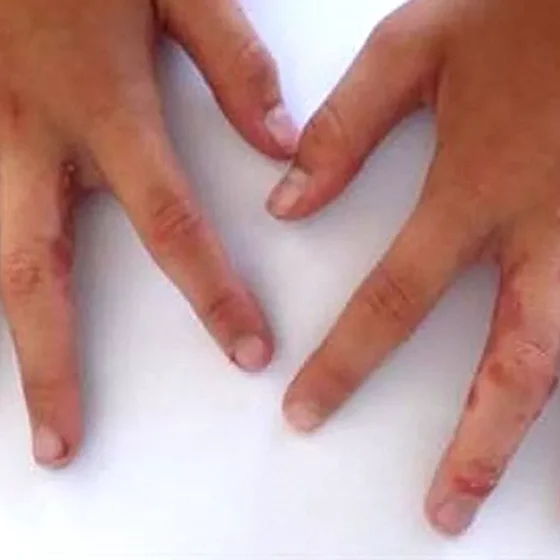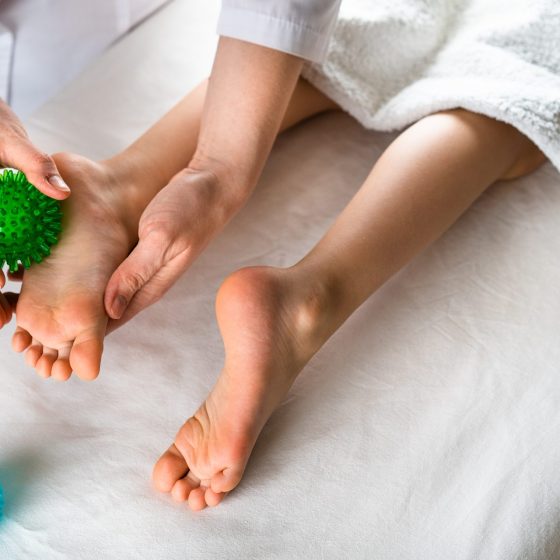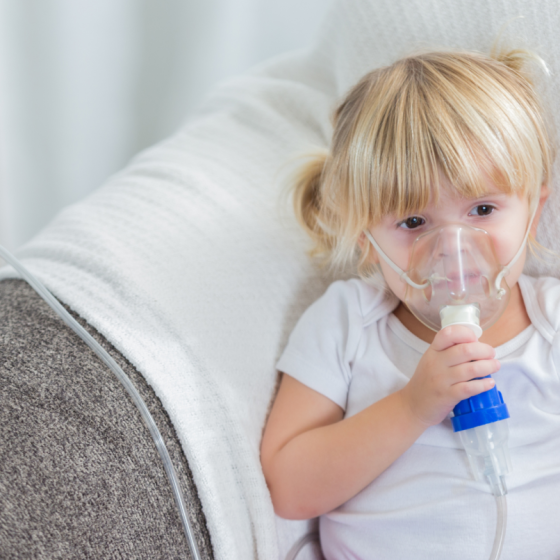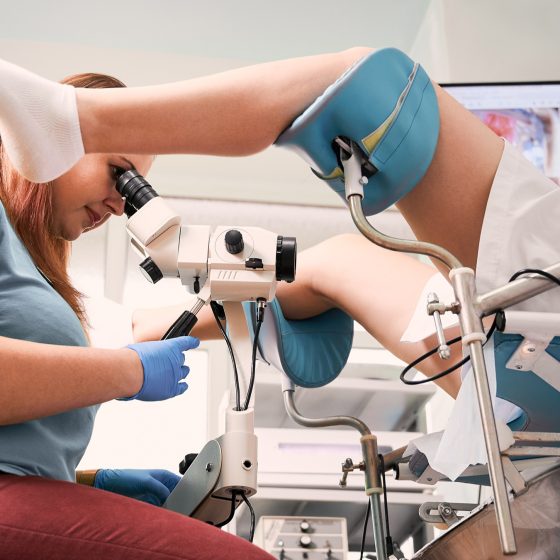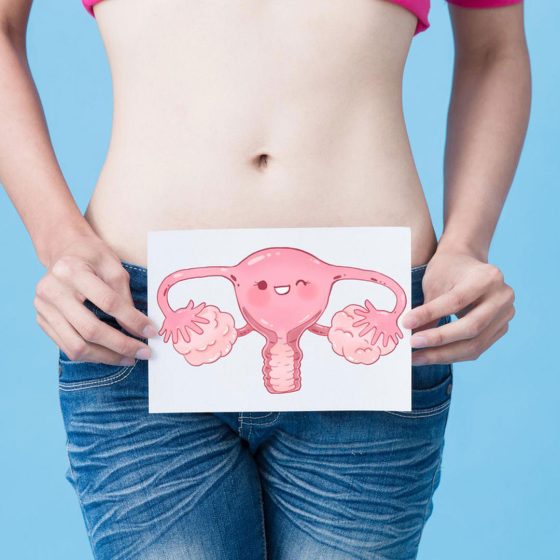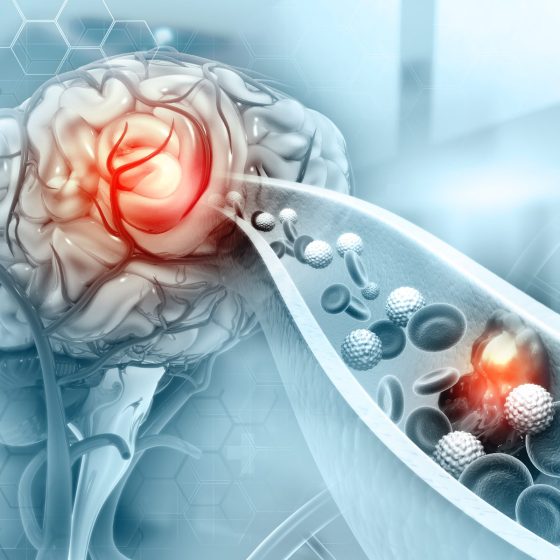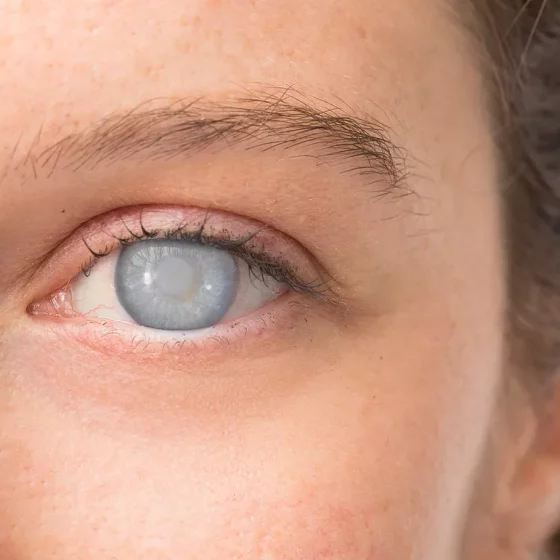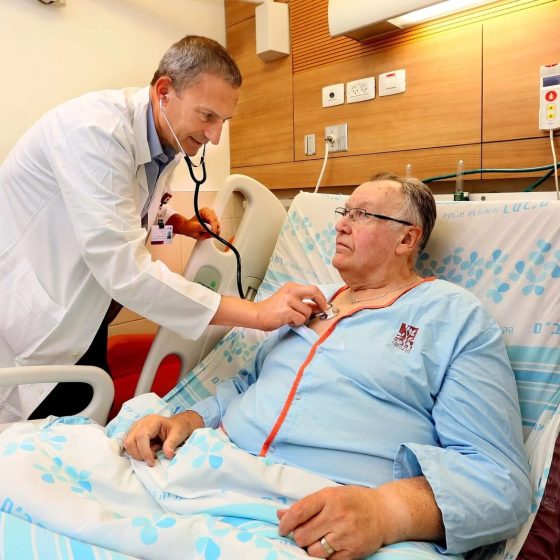Chest infection
What is a chest infection? A chest infection is not a formal medical diagnosis. When people say they have a chest infection, they usually mean an infection in part of their respiratory system. Your respiratory system is made up of your airways and lungs. What are the symptoms of a chest infection? The most common symptoms of a chest infection are: cough, with or without phlegm (mucous) fast breathing breathlessness wheezing fever fast heartbeat chest pain or discomfort feeling tired Babies with bronchiolitis (a common type of chest infection in young children) can: have a cough have a blocked or runny nose


